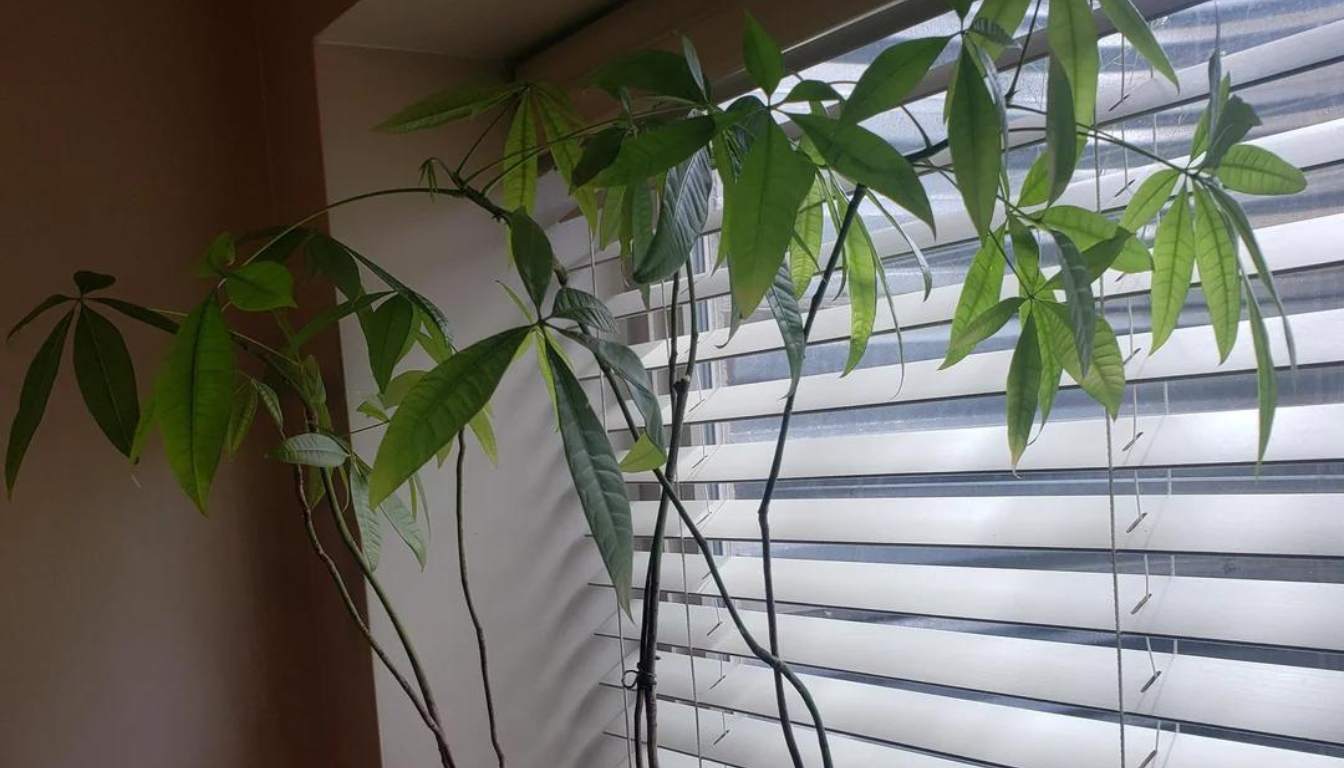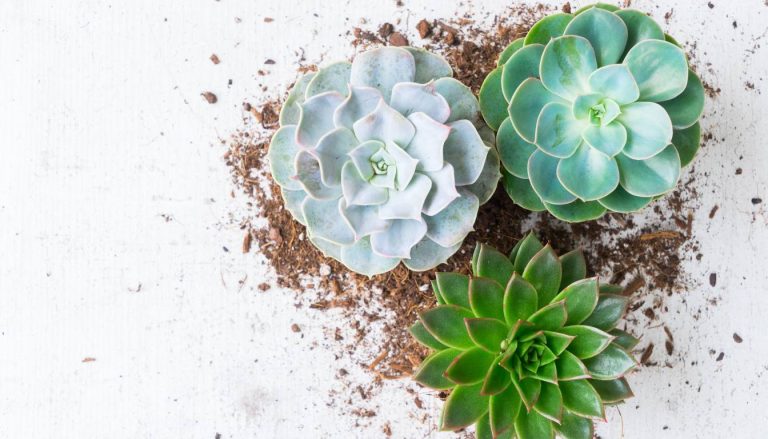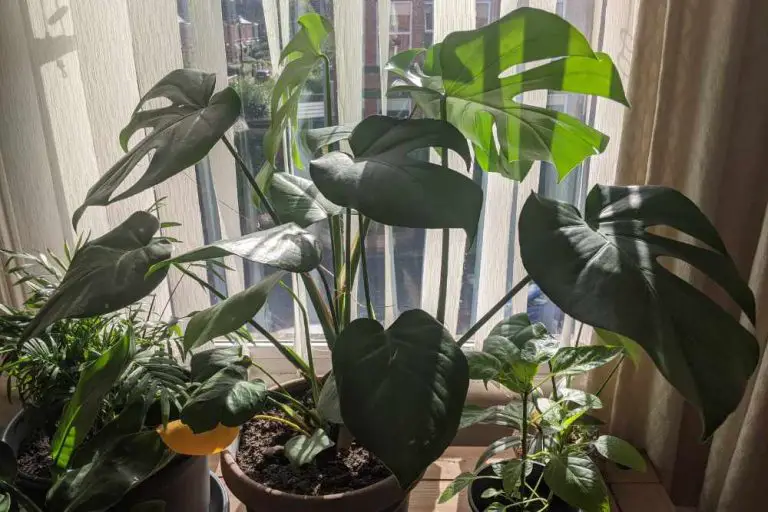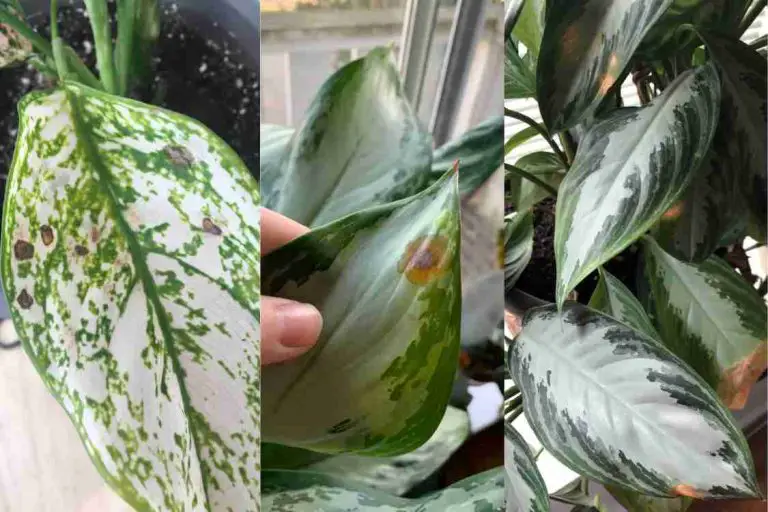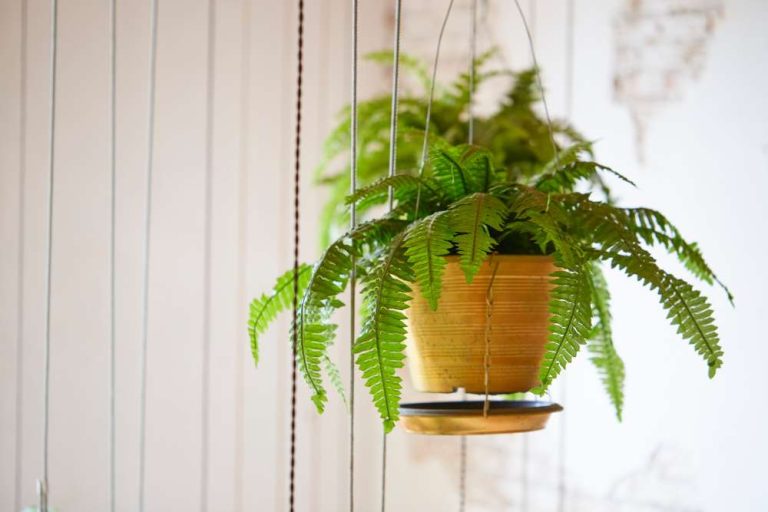A Comprehensive Guide on How To Prune a Leggy Money Tree
Is your money tree looking a bit leggy and unruly? Don’t worry, we’ve got you covered! In this article, we’ll guide you through the process of How To Prune a Leggy Money Tree; promote healthy growth, and maintain its size and shape. With the right techniques and tools, you’ll be able to give your money tree the attention it needs to thrive.
Key Takeaways:
Why Prune a Money Tree: Benefits and Reasons
Pruning a money tree offers numerous benefits and is an essential practice for maintaining the health and appearance of this popular houseplant. By removing dead or damaged leaves and stems, pruning helps to protect the tree from diseases, pests, and fungus, ensuring its overall well-being. Additionally, pruning promotes new growth, giving the money tree a more balanced and attractive appearance.
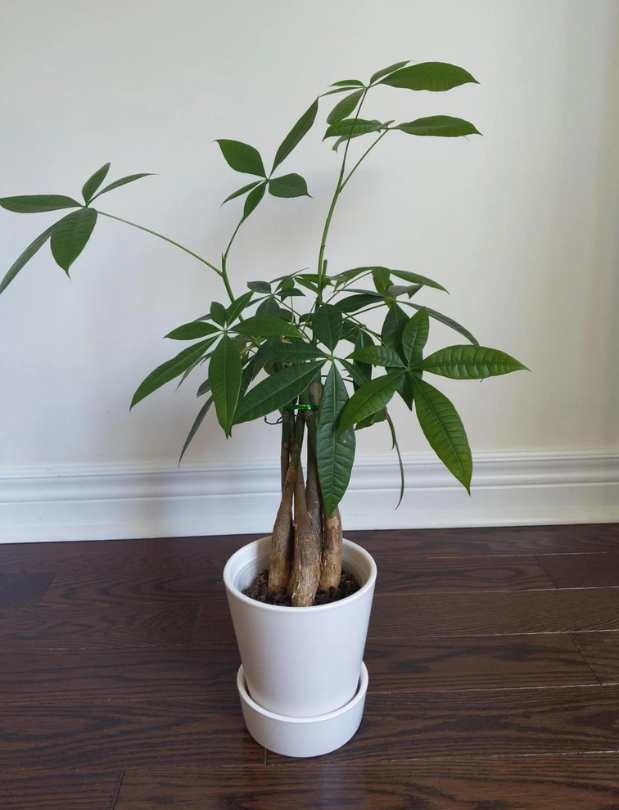
One of the key reasons to prune a money tree is to control its size. Without regular pruning, the tree can become too tall or wide, making it difficult to fit in indoor spaces. By trimming back the branches and controlling their growth, pruning helps to keep the money tree at a manageable size, making it a more suitable choice for indoor cultivation.
Another important benefit of pruning is that it can revitalize a leggy money tree. Over time, money trees may become leggy and lose their fullness due to a lack of sunlight or improper care. Pruning helps to stimulate new stem growth, filling in the gaps and rejuvenating the tree’s appearance. Regular pruning encourages the development of new stems and leaves, resulting in a healthier and more robust money tree.
When to Prune a Money Tree: Best Time and Considerations
Pruning a money tree is an essential part of its care routine, but knowing the best time to prune can make all the difference in its success. The ideal time to prune a money tree is during the spring or summer when it is actively growing. Pruning during this period allows the plant to recover quickly and promotes healthy new growth.
However, it’s important to note that pruning in the winter should be avoided. During the winter months, the money tree enters a resting phase, and cutting back during this time can result in weak or leggy new growth. While minor pruning, such as removing dry or yellow leaves, can be done at any time of the year, it’s best to save major pruning for the warmer months.
Before you start pruning, there are a few considerations to keep in mind. First, make sure your pruning tools are clean and sharp. This ensures clean cuts that won’t damage the plant. Additionally, it’s important to assess the overall health of the money tree before pruning. If the plant is already struggling or stressed, it may be best to hold off on pruning until it has recovered.
Tools for Pruning a Money Tree: Recommended Equipment
Essential Tools for Pruning
When it comes to pruning a money tree, having the right tools is essential for achieving clean and precise cuts without causing damage to the plant. Bonsai shears or micro-tip snips are recommended for this task.
These specialized pruning tools are designed with a sharp and narrow blade, allowing you to make accurate cuts on small branches and stems. With their ergonomic design, they provide comfort and control, making the pruning process easier and more efficient.
Cleaning and Maintenance
Before pruning your money tree, it is important to clean and sanitize your pruning tools to avoid the spread of diseases or pests. Wiping down the blades with rubbing alcohol or a diluted bleach solution can help disinfect the tools.
Additionally, regular sharpening of the blades is necessary to ensure clean cuts and prevent any tearing or damage to the plant. By keeping your pruning tools clean and well-maintained, you’ll be able to achieve optimal results when pruning your leggy money tree.
Additional Tips
While bonsai shears or micro-tip snips are the recommended tools for pruning a money tree, there are a few additional items that can come in handy during the process. A pair of gardening gloves will protect your hands from any thorns or sharp edges on the plant.
A clean and sturdy pair of scissors can be used for trimming larger leaves or branches. Having a spray bottle filled with water nearby will allow you to mist the leaves after pruning, promoting hydration and overall plant health.
Techniques for Pruning a Money Tree: Step-by-Step Instructions
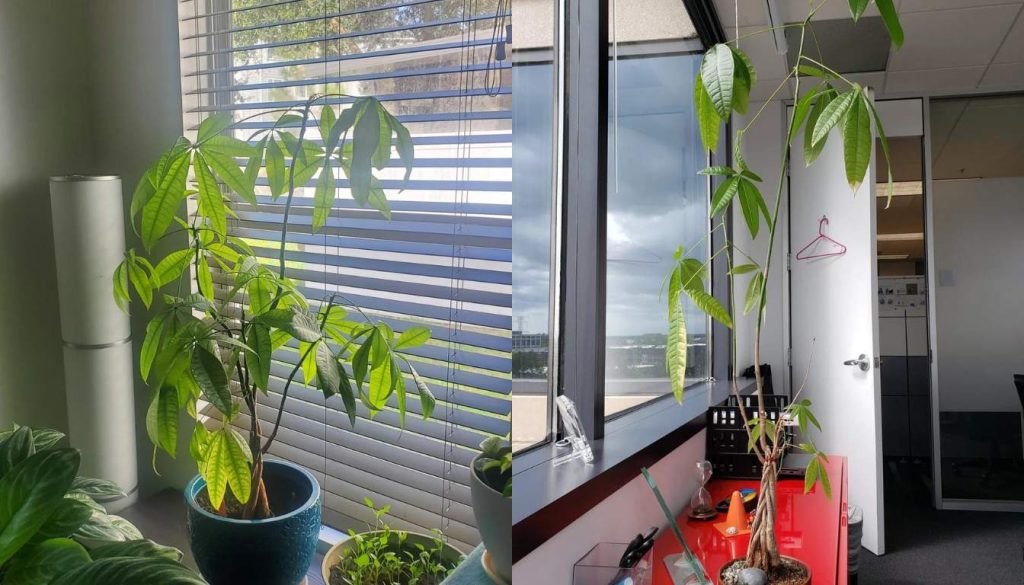
Pruning a money tree is an essential part of its care routine to ensure healthy growth and maintain an attractive appearance. By using the right techniques, you can effectively trim your money tree and encourage new growth. Here are some step-by-step instructions to help you prune your leggy money tree:
1. Trim Back Stems and Branches
Start by identifying the longest and most unruly branches of your money tree. Using clean and sharp bonsai shears or micro-tip snips, make angled cuts about an inch from the trunk to remove these overgrown branches. This will help bring the plant back to a more manageable size.
2. Prune Leaves
Inspect the tree for any old, damaged, or dying leaves. Gently remove these leaves by hand or with a clean pair of scissors. Removing these leaves not only enhances the tree’s appearance but also promotes overall plant health.
3. Control Height
If your money tree has become too tall and thin, you can control its height by trimming the upper branches or topping the plant. This will encourage new growth and give the tree a more balanced shape. However, be cautious not to remove more than one-third of a stem at a time to avoid stressing the plant.
Pruning your leggy money tree using these techniques and steps will help revitalize its appearance and promote healthy growth. Remember to use clean and sharp tools, make precise cuts, and be mindful of the overall shape and size of the tree. With proper care, your money tree will thrive and add beauty to your indoor space.
Pruning a Leggy Money Tree: Step-by-Step Procedure
Pruning a leggy money tree is an essential step to revitalize its growth and improve its overall appearance. By following these simple steps, you can help your money tree regain its vigor and achieve a more balanced shape.
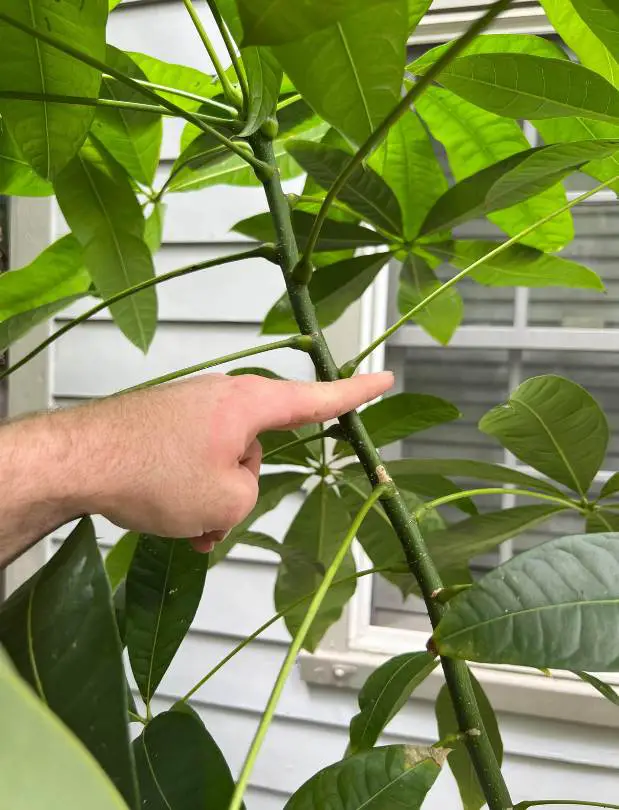
Step 1: Trim Back the Longest Branches
Start by identifying the longest branches that contribute to the leggy appearance of the money tree. Use clean pruning shears to trim these branches at a 45-degree angle, bringing them back to a medium length. This will encourage new growth and help the plant develop a more compact shape.
Step 2: Trim Curved or Droopy Stems
Next, examine the tree for curved or droopy stems that add to its leggy appearance. Trim these stems back using the pruning shears, again making angled cuts just above a leaf node. By removing these irregularly growing stems, you will promote a more uniform and aesthetically pleasing structure.
Step 3: Snip Tender New Tips on Shorter Branches
To encourage bushier growth and prevent the money tree from becoming leggy again, snip the tender new tips on shorter branches. This will redirect the plant’s energy and promote the growth of new side branches, resulting in denser and more compact foliage.
Remember to trim the money tree gradually, allowing new leaves to form on the cut stems before proceeding to the next trimming session. Additionally, remove any dead leaves and branches and trim the tree to achieve a balanced shape.
Tips for Pruning a Money Tree: Dos and Don’ts
Pruning a money tree can be a rewarding process, but it’s important to follow some key tips to ensure the best results. Here are some dos and don’ts to keep in mind when pruning a leggy money tree:
Do:
1. Cut just above a leaf node: When trimming branches or stems, make sure to make the cuts just above a leaf node. This will encourage new growth and help maintain the plant’s overall health.
2. Make downward angle cuts: To prevent water from pooling in the wound, always make downward angle cuts when pruning. This will help the tree heal faster and reduce the risk of disease.
3. Trim gradually: Instead of removing all the leaves or cutting back too much at once, trim your money tree gradually. This allows the plant to adjust and reduces the chances of shock or stress.
Don’t:
1. Over-prune: It may be tempting to prune more than necessary, but avoid over-pruning your money tree. Removing more than one-third of the tree at a time can put unnecessary stress on the plant and hinder its growth.
2. Neglect the tree’s shape: Regularly assess your money tree’s shape and trim accordingly. This will help maintain a balanced appearance and promote healthy growth.
3. Forget to clean your tools: Before pruning, always clean and sharpen your pruning tools. This ensures clean cuts that won’t damage the plant and helps prevent the spread of diseases.
FAQ
What factors affect soil moisture retention?
Factors such as different watering needs for plants, potting medium, light exposure, temperature, humidity, and growth phases can affect soil moisture retention.
What are some tips for retaining moisture in soil?
To retain moisture in the soil, focus on the root zone, water only when needed, water deeply and thoroughly, water in the morning, mulch the soil, and use the right watering tool.
Why is moisture management important for plant health?
Proper moisture management can prevent the spread of diseases, promote plant health, and enhance the nutritional quality of plants.
What factors should be considered for effective moisture management?
Factors to consider include substrate type, container geometry, irrigation practices, water quality, and treatment.
How does moisture management impact root health?
Balancing air and water in the root zone is essential for root respiration, pathogen resistance, nutrient delivery, and overall plant growth.
What is the best time to water plants?
Watering early in the morning is recommended, but late afternoon or early evening can also be suitable as long as leaves have time to dry before nighttime.
How do I know when to water my plants?
Monitoring the soil and checking moisture levels by pressing your finger into the soil or using a moisture meter is crucial in determining when to water.
How much water do most gardens require?
On average, most gardens require about 1 inch of water per week, including rainfall, but the amount may vary depending on various factors.
What are some different watering methods?
Different watering methods include watering cans, garden hoses, self-watering containers, sprinklers, and drip hoses, depending on the garden’s size and plant’s needs.
How can I retain moisture in sandy or clay soil?
Consider the soil type and adjust watering techniques accordingly to effectively retain moisture in sandy or clay soil.
- 20+ Chic Boho Bedroom Ideas for a Cozy and Stylish Retreat - June 20, 2024
- 12+ Modern Boho Living Room Ideas to Create a Unique Oasis - June 10, 2024
- 10 Stunning Canopy Bed Ideas for a Dreamy Escape - May 16, 2024

